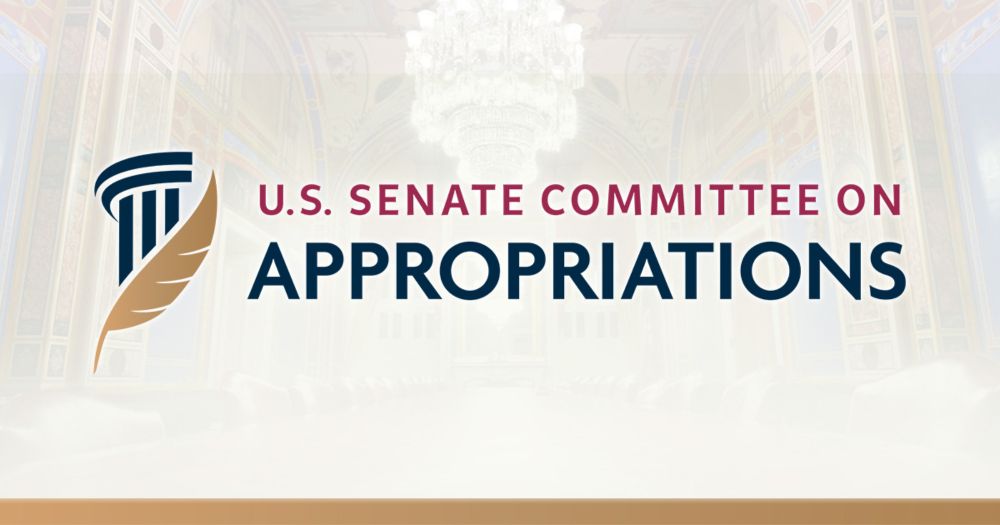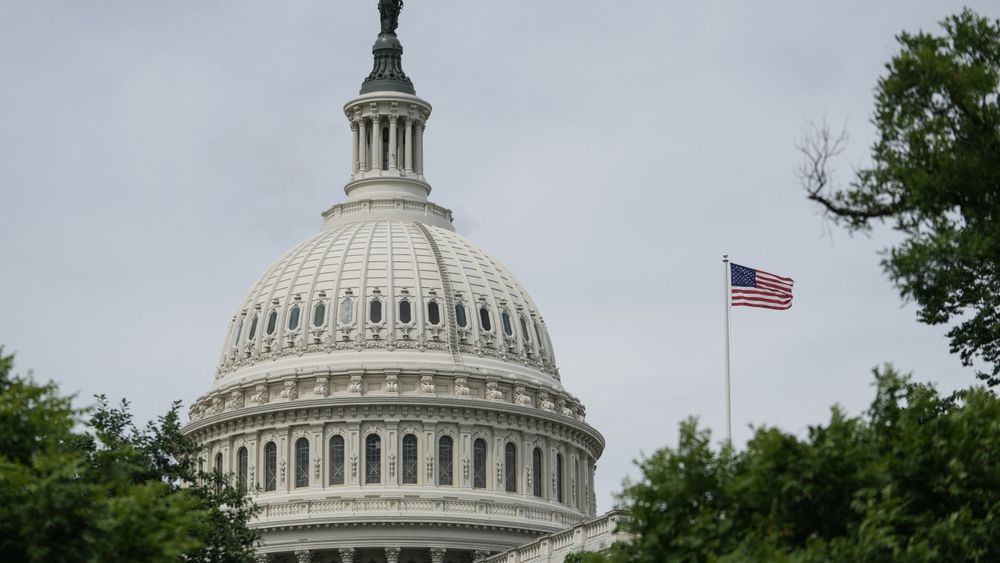




events.brown.edu/public-healt...

events.brown.edu/public-healt...

events.brown.edu/public-healt...
events.brown.edu/public-healt...

events.brown.edu/public-healt...
newrepublic.com/article/2031...

newrepublic.com/article/2031...
Here are results from NIH Reporter downloaded an hour ago.
The total amount of funding committed for FY2025 at this point is 99.0% of that for FY2024. The same difference could be due to a variety of technical factors.
1/3

www.governing.com/magazine/the...

www.governing.com/magazine/the...
“They are highly effective in other countries in communities where there is a very high level of overdose risk,” he said.
www.msn.com/en-us/news/u...
“They are highly effective in other countries in communities where there is a very high level of overdose risk,” he said.
www.msn.com/en-us/news/u...
jphmpdirect.com/what-we-have...
jphmpdirect.com/what-we-have...
















www.thenation.com/article/soci...

www.thenation.com/article/soci...

@jencarroll.bsky.social @chadsabora.bsky.social @brownpublichealth.bsky.social
@defendpublichealth.bsky.social
www.npr.org/2025/05/13/n...

@jencarroll.bsky.social @chadsabora.bsky.social @brownpublichealth.bsky.social
@defendpublichealth.bsky.social
www.npr.org/2025/05/13/n...

